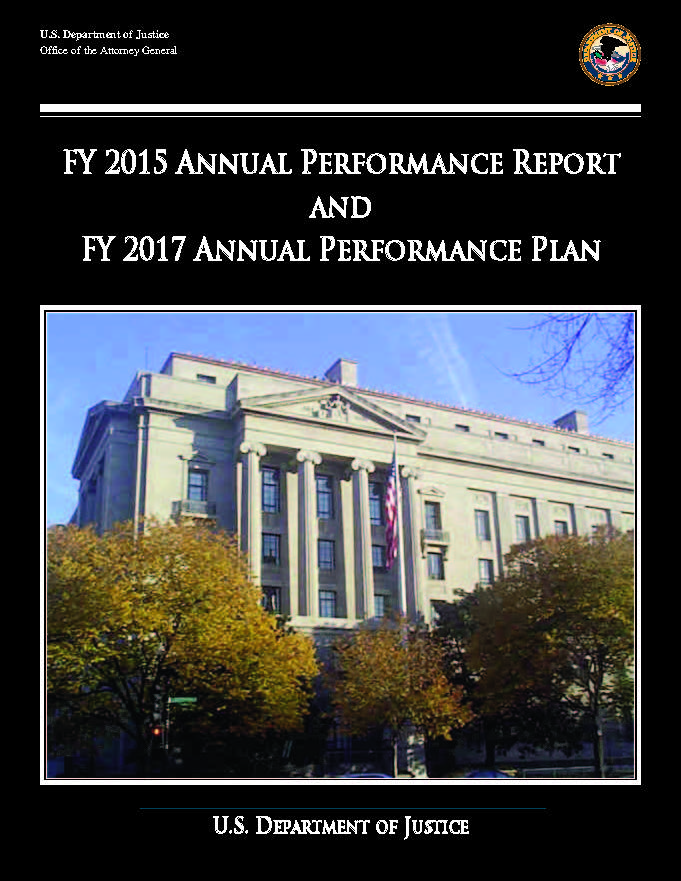- Home
- Agencies
- Department of Agriculture
- Department of Housing and Urban Development
- General Services Administration
- Department of Commerce
- Department of the Interior
- National Aeronautics and Space Administration
- Department of Defense
- Department of Justice
- National Science Foundation
- Department of Education
- Department of Labor
- Office of Personnel Management
- Department of Energy
- Department of State
- Small Business Administration
- Environmental Protection Agency
- Department of Transportation
- Social Security Administration
- Department of Health and Human Services
- Department of the Treasury
- U.S. Agency for International Development
- Department of Homeland Security
- Department of Veterans Affairs
- Goals
- Initiatives
- Programs
Primary tabs
Key to Changes
This text is Revised text
This word has been added to the text
This text is Last Published text
This word has been removed from the text
Modifed styling with no visual changes
Strategic Objective
Prevent and intervene in crimes against vulnerable populations
Strategic Objective
Overview
The Department must continue to be vigilant in supporting and protecting the most vulnerable segments of our population that may fall victim to crime. Children are the most vulnerable and most exploited members of our society. The criminal victimization of children impacts not only the children, but also their families, community, and society at large.
Unfortunately, children are but one segment of society that is at risk. In the United States and across the globe, domestic violence, dating violence, sexual assault, human trafficking, and stalking occur in all ages, races, socioeconomic classes, genders, and sexual orientations. Research shows that these crimes are overwhelmingly committed against women. In addition, elder abuse, neglect, and exploitation is an area that has been overlooked but research suggests it is an ongoing problem in the United States. Further, victims of crime committed on tribal lands is also an area that has been overlooked for far too long as research suggests violent crime rates may be two, four, and in some cases, 10 times the national average.
The Department continues to stress efforts to reduce and respond to violence against vulnerable populations. In April of 2013, the Department issued a revised Sexual Assault Forensic Examination Protocol to standardize up-to-date approaches to victim-centered forensic medical examinations. DOJ will also work with the FBI to support states’ implementation of the revised Uniform Crime Report definition of “rape.” As part of the Attorney General’s Defending Childhood Initiative, the Department will: launch a public awareness and community action campaign to stem youth violence; establish a Task Force on American Indian/Alaska Native Children Exposed to Violence; and partner with select states to form “State Commissions” that will implement model public policy initiatives at the state and local level to reduce the impact of children’s exposure to violence.
All victims deserve to be treated with respect and support. The Department will address the needs of victims by investigating and prosecuting matters impacting vulnerable groups while leading the way in providing innovative training, resources, and support to victims of crime.
Read Less...Progress Update
Strategic Objective Review Summary of Findings: On track and making satisfactory progress
The Department of Justice remains committed to preventing crimes against our society’s most vulnerable populations and protecting the rights of crime victims. Recognizing that children are the most vulnerable and exploited members in our society, America’s Missing: Broadcast Emergency Response (AMBER) alerts became a coordinated national effort in October 2002. Since then, over 90 percent of abducted children identified through these alerts have been recovered. The USMS, along with the National Center for Missing and Exploited Children, (NCMEC) created and implemented Sex Offender Investigation Coordinator (SOIC) Basic Training for SOICs and state and local investigators; training approximately 600 full-time and collateral duty SOICs and more than 100 state and local investigators. INTERPOL Washington’s Human Trafficking and Child Protection Division leveraged specialized investigative tools and services to help identify, locate, and apprehend individuals engaged in transnational crime, including the exploitation of children. CRM’s Child Exploitation and Obscenity Section (CEOS) began monitoring the degree to which CEOS’s investigations involved collaborative, or complex, investigations.
In FY 2015, the Department greatly surpassed its target of 3,051 open investigations concerning sexual exploitation of children, and exceeded its target for open investigations concerning human trafficking. OVW created and subsequently expanded a domestic violence homicide reduction initiative, while the Department undertook a number of steps to increase awareness of laws banning Female Genital Mutilation and Cutting, including hosting meetings in cities with large numbers of at-risk girls.
Though the Department has been successful in their efforts to protect and support our nation’s most vulnerable populations, there are many obstacles for this strategic objective. DOJ’s ability to help victims is limited by many factors, including the stigma and fear felt by victims when seeking help. Also, large amounts of data and obstacles to obtaining evidence often complicate investigations and require more resources. The growth of transnational organizations places an increasing burden on the Department’s international components; and the encryption of data and “going dark” makes it difficult to collect and use evidence. Finally, it is challenging for the Department to ensure victims of federal crimes in Indian Country receive the services they need, and are able to participate in the criminal justice process.
Moving into FY 2016, the Department will continue its Vulnerable People Priority Goal; focusing on increasing the number of investigations concerning child exploitation, human trafficking, and non-compliant sex-offenders; and developing and enhancing programs to better serve victims in Indian Country. DOJ will continue to support state, local, and tribal criminal and juvenile justice practitioners and victim assistance providers through innovative partnerships; and work to improve services and support efforts to assist victims of human trafficking.









